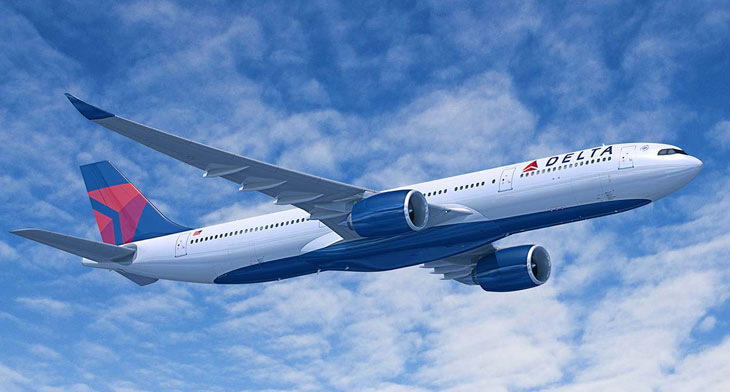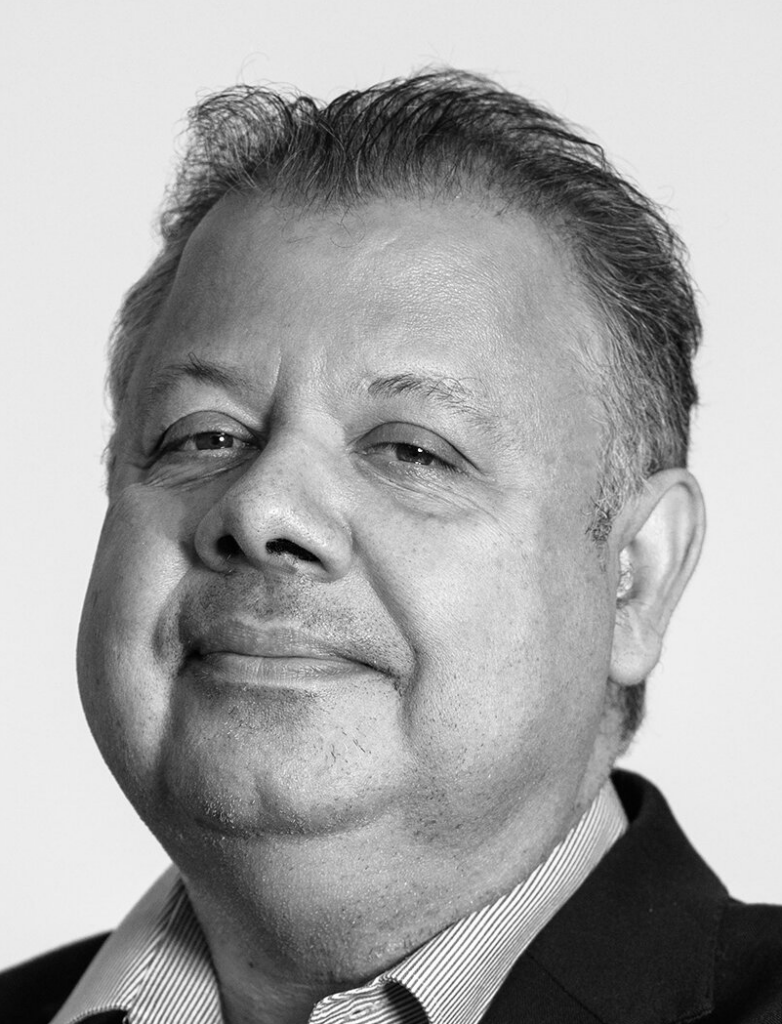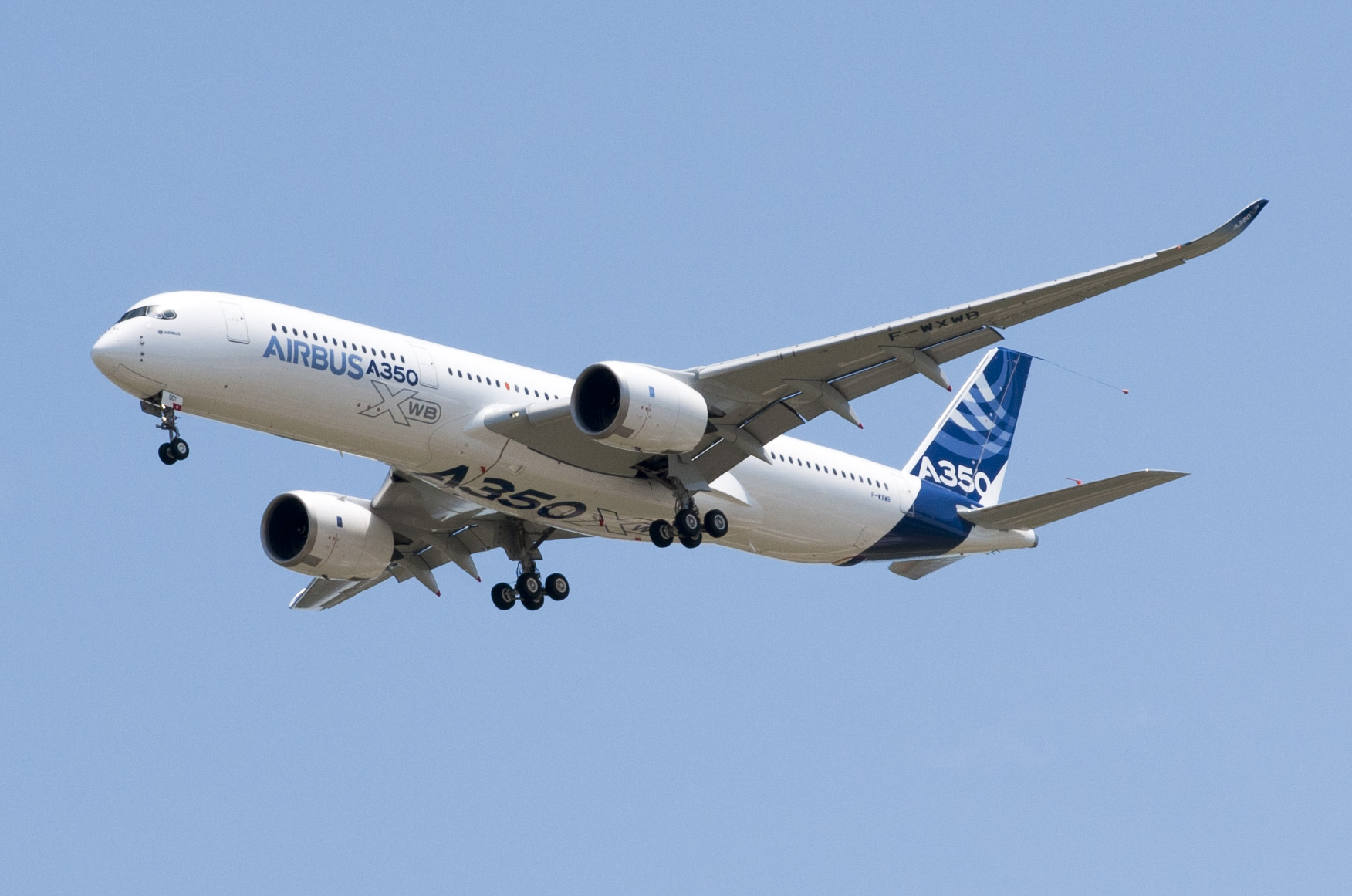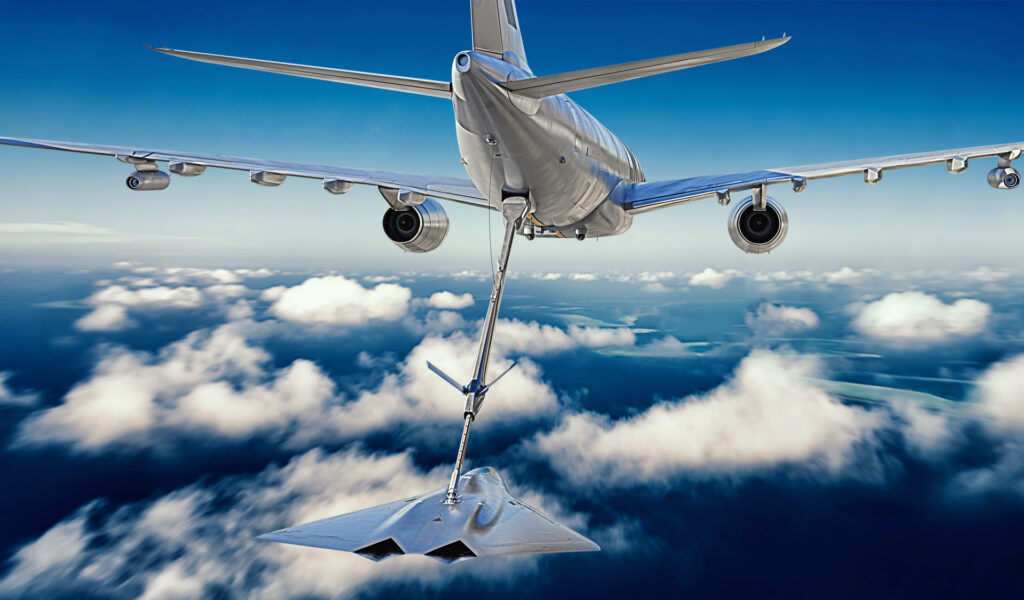Leeham News and Analysis
There's more to real news than a news release.
The economics of a 787-9 and A330-900 at eight or nine abreast
Subscription Required
By Bjorn Fehrm
Introduction
Nov. 16, 2022, © Leeham News: Over the last weeks, we have looked at the economics of our typical long haul widebodies when fitted with normal and high-density seating.
We continue this series by comparing the Boeing 787-9 and Airbus A330-900, when both fly eight or nine abreast economy cabins. As before, we fly the world’s busiest long-haul route, London Heathrow, to New York JFK and look at the comfort and economic data.
Summary
- The 787-9 is the more capable aircraft with about 700nm longer range than the A330-900.
- The economics of the two on routes both can fly is close. It comes down to cabin layouts.
With Boeing’s decision against new airplanes, Airbus will stand down, too
Subscription Required
By Scott Hamilton
Nov. 14, 2022, © Leeham News: Boeing’s decision to suspend the launch of any new airplane until the middle of the next decade means innovation of any kind from any company is largely dead for the next decade.
Airbus won’t launch a new airplane either, now that Boeing has stood down, says its former chief strategic officer, Kiran Rao. Rao is now an advisor to airlines and lessors. He had been with Airbus for 25 years in sales and product strategy.
While Boeing’s decision to suspend new airplane development casts a dark cloud over its strategic future, Airbus now is going to rest on its own status quo, Rao said.
Summary
- Airbus engineers will atrophy.
- Boeing was “one step away from checkmate” against Airbus in 2005-2006 and made a big mistake not taking up the opportunity.
- GE and Safran don’t want to innovate. Pratt & Whitney can’t do much beyond today.
- Boeing should have launched the NMA. It would have beaten the A321XLR.
- The NMA would have created a new market.
HOTR: Eviation claims “almost” 300 orders worth more than $2bn; Boeing vs Airbus
By the Leeham News Team
 Nov. 10, 2022, © Leeham News: Eviation, the developer of the all-electric airplane Alice, today added another 20 commitments to its tally for the aircraft. The latest is from Australia’s Northern Territory Air Services. The commitments are in a Letter of Intent.
Nov. 10, 2022, © Leeham News: Eviation, the developer of the all-electric airplane Alice, today added another 20 commitments to its tally for the aircraft. The latest is from Australia’s Northern Territory Air Services. The commitments are in a Letter of Intent.
A short time before this latest commitment, Eviation issued a press release stating it had “almost” 300 orders (not “commitments and orders”).
“Our order book passing the US$ 2 billion mark is a significant commercial milestone,” said Gregory Davis, President and CEO of Eviation.
“With almost 300 aircraft now on order, the Alice is receiving strong customer endorsement,” Eviation VP Eddie Jaisaree said.
The press release is a little ambiguous on figures: “almost” 300 airplanes and “passing $2bn.”
Using 300 and $2bn for the math, this means the airplanes are $6.67m each. That’s $741k per seat. This compares with $506k per seat for a 787-9 (296 seats, $150m true sales price) and $309k per seat for a 737-9 (178 seats, $50m true sales price). The ATR-42, with 48 seats and a sales price as low as $12m, is $250,000 per seat.
The capital cost of the Alice is awfully pricey and makes the economics challenging, not even counting the maintenance costs of replacing the batteries after a short period of time.
When asked about these facts, Eviation’s PR firm provided this response from the company.
“Our cost is competitive with aircraft in the same class as Alice, and customers will see significant cost savings in operating and maintenance costs. For example, Alice will reduce operating costs by two-thirds when compared to traditional aircraft.”
LNA’s Bjorn Fehrm has analyzed the operating cost of electric, hybrid, and hydrogen-powered aircraft in a series of articles. His conclusions are that these methods are a lot more costly than promoted.
The A350 enhancements, Part 3
Subscription Required
By Vincent Valery
Introduction
Nov. 10, 2022, © Leeham News: Last week, we saw the impact of the New Production Standard (NPS) on the Airbus A350-900’s economic performance against the Boeing 787-10. While using a ten-abreast economy class cabin configuration negatively impacted passenger comfort, it significantly improved the relative competitiveness of the A350-900.
We now turn our attention to the larger variant that will benefit from the NPS, the A350-1000, and compare it against its closest competitor, the 777-9.
Summary
- Future major large-twin sales campaigns;
- Comparing aircraft cabins;
- The extra seat changes the economic pecking order;
- It is not all about unit costs.
Pontifications: Boeing is fighting the last war instead of the present one
Nov. 7, 2022, © Leeham News: With the firm declaration that Boeing won’t launch a new airplane program until the next decade, CEO David Calhoun is signaling he’s content to see the company shrivel into a distant number two position after Airbus.
Amazingly, one Boeing executive told one of the attendees of the investors day event that he (the executive) was okay with that for now.
It’s a recipe for Boeing to follow the path of McDonnell Douglas Corp. (MDC) in its long decline into commercial oblivion. MDC merged into Boeing in 1997. Boeing hasn’t been the same since. Its legacy as an engineering company shifted into one focused on shareholder value. McDonnell Douglas had become a company where Derivatives-R-Us prevailed. Boeing long ago shifted to this mode as well.
Calhoun is a creature of Jack Welch’s GE mantra. Cut costs. Emphasize profits and shareholder value. And while Welch’s philosophy that GE should always be No. 1 or No. 2 in any industrial sector it played in, Welch’s vision of No. 2 was a close No. 2. Boeing’s decline into a distant No. 2, with only a 40% market share against Airbus (and less when looking only at the total single-aisle sector) began long before Calhoun became CEO in January 2020.
Calhoun told his audience of investors and aerospace analysts that he’d like nothing more than to return cash to shareholders. Knowing who your audience is is part of any speaker’s requirement, so in isolation, I’m not going to chop Calhoun up for this statement. The trick is to balance shareholder return against the future of the company.
As I’ve written in the past, returning 100% of free cash flow to shareholders isn’t necessary. Before suspending the dividends and stock buybacks after the MAX grounding, Boeing returned more than $62bn to shareholders over a decade. Using part of this for new airplanes would have been a good approach.
Calhoun declared that even if all the advanced design and manufacturing is ready this decade, he won’t support a new airplane until the next decade when a new engine that can reduce fuel consumption by at least 20% is ready. Any new airplane must hit this target to benefit airlines and the environment, he said.
Well, there are other ways to hit this target. LNA discusses this behind today’s paywall.
In the meantime, Boeing is content to rest on the past.
The A350 enhancements, Part 2
Subscription Required
By Bjorn Fehrm
Introduction
Nov. 3, 2022, © Leeham News: Last week, we described the New Production Standard (NPS) of the Airbus A350. Now we look at the economic performance of the A350-900 versus the Boeing 787-10 on the world’s busiest long-haul route, London Heathrow to New York JFK.
We compare the economics with a nine abreast economy cabin and what difference the NPS and a 10 abrest change for the A350 produces.
Summary
- The 787-10, with its long fuselage, is seat mile cost-optimized for medium long-haul routes.
- Airbus gives the airline the option with the A350 NPS, comfort, or seat mile optimization.
Airbus 9 months 2022 results: Widebody demand picking up
By Bjorn Fehrm
October 28, 2022, © Leeham News: Airbus presented its results for the first nine months of 2022 today. Airbus’ problem is how to fulfill demand as the supply chain is still recovering from COVID.
 The deterioration of supply chain performance has stopped, according to Airbus CEO Guillaume Faury, but not improved. Performance is now steady but at a lower level than Airbus needs. The planned rate increases in single aisle and widebody are unchanged, but in addition to planned increases in single aisle, discussions have started with the supplier base on how to increase production of widebodies as demand has picked up.
The deterioration of supply chain performance has stopped, according to Airbus CEO Guillaume Faury, but not improved. Performance is now steady but at a lower level than Airbus needs. The planned rate increases in single aisle and widebody are unchanged, but in addition to planned increases in single aisle, discussions have started with the supplier base on how to increase production of widebodies as demand has picked up.
Airbus delivered 437 commercial aircraft in the first nine months, compared with 424 last year. Guidance for the year is unchanged at 700 deliveries and €5.5bn EBIT, except for Free Cash Flow, which will increase to €4.5bn due to a strong dollar.
The A350 enhancements, Part 1
Subscription Required
By Vincent Valery
Introduction
Oct. 24, 2022, © Leeham News: Last month, Airbus announced that it started delivering A350s with a New Production Standard (NPS) with Iberia. The upgrades include weight savings, a maximum takeoff weight increase, and a longer and wider cabin.
Except for a few low-cost operators, the economy-class cabin on the A350 has usually featured a nine-abreast configuration with operators. The wider cabin could lead to a wider adoption of a 10-abreast economy class configuration with more A350 operators, for instance the legacy ones.
Despite the lingering effects of the Covid-19 pandemic on long-haul travel, several airlines still need to place sizeable twin-aisle aircraft orders in the coming years. The A350 enhancements could prove crucial in securing orders for Airbus against the competing Boeing 787 and 777X.
In this article series, we will assess how the A350 enhancements impact the economic performance of the aircraft against its main competitors. Before comparing competing aircraft, we define a methodology for consistent comfort standards among different aircraft families.
Summary
- The A350 enhancements in detail;
- A brief history of adding economy class seats in each row;
- Assessing passenger comfort standards;
- Upcoming twin-aisle sales campaigns.
Lockheed Martin expects competitive bidding for next tanker
Oct. 25, 2022 © Leeham News: A Lockheed Martin official said the company believes the U.S. Air Force will end up seeking competing bids for the next batch of aerial refueling tankers it will buy.
When that happens, the company is confident the Air Force will pick its proposed LMXT tanker, based on the Airbus A330 airframe, for the role, said Larry Gallogly, who is Lockheed Martin’s director for the tanker campaign.
Back in 2007, the Air Force outlined a plan under which it would replace its then-existing tanker fleet in three rounds, KC-X, KC-Y and KC-Z.
KC-X, after many missteps, became the KC-46 program. The Air Force now is looking ahead to KC-Y, but with the recent steps forward with Boeing’s KC-46, some are arguing that a full-blown tanker competition isn’t necessary because USAF could just tack on additional orders to the 179 KC-46s it now plans to buy.
But during a briefing from Lockheed Martin’s offices in Alexandria, Va. today, Gallogly said he expects the Air Force will announce its criteria for the next round of tankers after the first of the year. When it does, Gallogly continued, it’s likely that the Air Force will be seeking a more-capable tanker than the one it’s buying now.
“If we take all of the stakeholders at their word that the requirements are vastly different than they were 16 years ago, that takes you down a path where a competition is more likely than not,” Gallogly said.
Summary
- Lockheed Martin teams with Airbus for proposal
- LMXT differnt from Airbus KC-330
- USAF approved KC-46 for all missions last month
HOTR: Amazon to add A330 P2F to Prime Air fleet
 Oct. 21, 2022, © Leeham News: Amazon’s Prime Air will add 10 Airbus A330-300 freighters to its fleet from 2023. The aircraft will be converted by EFW, in which Airbus is a partner, and leased from Altavair of Issaquah (WA).
Oct. 21, 2022, © Leeham News: Amazon’s Prime Air will add 10 Airbus A330-300 freighters to its fleet from 2023. The aircraft will be converted by EFW, in which Airbus is a partner, and leased from Altavair of Issaquah (WA).
These are the first A330 freighters that will be operated under the Prime Air brand. Hawaiian Airlines, an A330 operator, will operate the planes. Prime Air largely contracts out flight operations. Atlas Air flies Boeing 767-300ERFs and Sun Country fly Boeing 737Fs for Prime Air.
EFW now has orders for more than 100 A330 conversions, nearly all for the -300 model.









